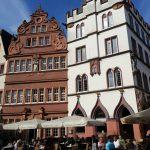“Ante Romam Treveris stetit annis mille trecentis” (Trier stood 1300 years before Rome) – legend of Trier’s founding.
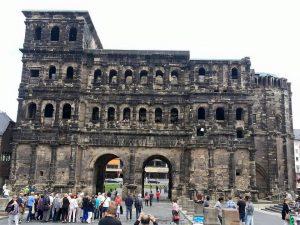
The Porta Nigra has stands guard over Trier

The Three Kings House, built in 1230 C.E.
Roman Trier
Trier’s ancient market place and main street, dating back to pre-Roman days[/caption] Trier is located in Rheinland-Pfalz, in the picturesque German countryside near the border with Luxembourg. It was conquered by Roman armies in the first century B.C.E. and its location along the river Mosel marks the ancient frontier between Roman-occupied Gaul (modern France) and Germania, a land that forever evaded Rome’s conquest.
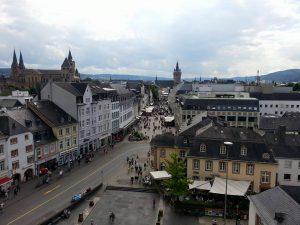
Trier’s ancient market place and main street, dating back to pre-Roman days
theEntire books have been written on Trier’s many noteworthy sites, from Roman baths to the gladiator circus to the immense throne room of Constantine – the largest ever built by Rome – and much, much more. Unequivocally though, my favorite site is the “Porta Nigra,” the aptly named Black Gate. Four of these massive, four-story stone fortresses once guarded the entrances to the city. Only one still stands today. The Porta Nigra, pride of Trier, is in exceptional good condition and visitors are free to wander through this impressive fortification. It stands today as a testament to Roman engineering and military prowess. I recall running through its corridors and climbing its defenses as a child, imagining that I was a Roman centurion hurling spears at the hordes of furious barbarians below. Today, as an adult, I run my hands along the curved stones of the Porta Nigra and feel as if I’m teleported back to the time of the Caesars.
Medieval and Renaissance Trier
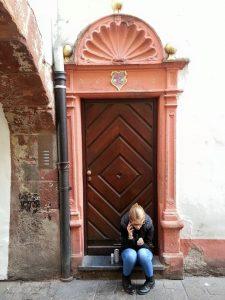
Alleyway in the old Jewish quarter
Trier also took on a particularly important role in the Christian church of the middle ages – it became the principle home of Germany’s archbishops and at least one pope originated from Trier. The central market and pedestrian zone offers visitors the opportunity to view many well-preserved and beautiful old buildings, including Germany’s oldest pharmacy.
Leisurely Trier
For the wine lover, Trier is yet another destination. It is surrounded by the hills of the beautiful Mosel valley, in the heart of German wine country. Is it possible that Germany’s wine tradition was started by foreign colonizers? It’s quite likely. What I do know is that this considered the traditional home of the Riesling wine. Leisurely boat tours can be taken up and down the Mosel, the banks of the river dotted with wineries and hilltops dotted with ancient castles. Luxembourg is just a short drive away, and greater Trier’s hilly country roads are perfectly suited for exploration by car.
If you’ve never heard of Trier before, you’re not alone. For some strange reason, this gem of history is fairly unknown outside of Germany. Even Germans tend to underestimate it. A childhood friend of mine who has lived only an hour from Trier his entire life had never bothered to visit until I invited him for a day trip because “Ich dachte es wäre nur für Bauer” (“I thought it was only for farmers.”) Trust me, Trier is anything but a cow town. It offers several days worth of sight seeing and leisurely meandering, far more than I can fit into this one article. If you’re into history, wine, beautiful scenery, or just want to spend some days vacationing away from the throngs of tourists in Berlin or Munich, Trier is the place for you.
-
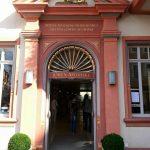
- Lowen Apotheke, Germany’s oldest pharmacy
-

- Markings on a column inside Porta Nigra
-
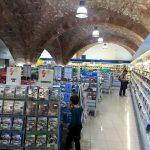
- An underground Roman cistern serves as a music store today
-
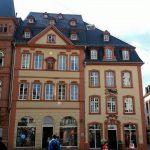
- More ‘recent’ architectural legacy of Trier
-
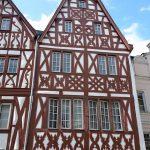
- Trier more “recent” history


